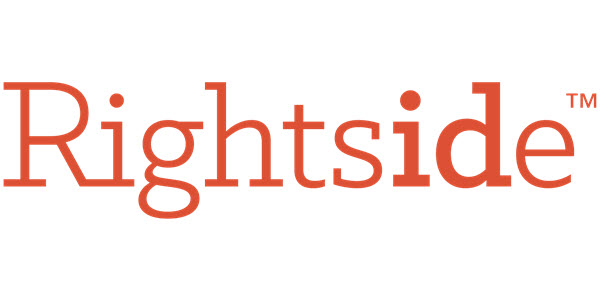Rightside shared some interesting stats about their New gTLD domain name registrations and the overall percentage of developed domains. Rightside claims that 102,721 of their 474,408 (21.7%) registered domains are developed.
That seems like a huge number that is not inline with what people are seeing. Of course they have a disclaimer that the their system may not identify developed domains properly.
For the purposes of these stats, “developed” will refer to any domain our system has identified as pointing to a built-out website or a redirect to another site. Those numbers don’t include parked domains or sites that are otherwise blank. “Development rate” will refer to the ratio of developed domains versus the sum of all domains, both developed and undeveloped.
We should also note that, as an automated check of hundreds of thousands of domains, the system to spot a developed domain versus a parked domain isn’t perfect, particularly in foreign-language sites. Additionally, ID protection services often obscure the actual geo location of registrants, appearing as a country (such as Panama) where the service is based.
My guess is that there are a lot of false positives in the stats.
These are the stats shared by Rightside:
- As of this writing, the current total of Rightside TLD registrations is 474,408. Of those, there are 102,721 developed domains, for a worldwide development rate of 21.7%
- That overall rate of development is surprisingly similar to the rate seen just in the U.S. (21.5%), but these rates vary quite a bit from country to country
- While China accounts for a large number of raw registrations (nearly 100,000), the rate of development is relatively low at 3.6%
- Among the top 50 countries in terms of total number of developed domains, those with the highest rate of development include South Korea (57.6%), Poland (52.9%), and the Czech Republic (51.0%)
- If we remove the biggest outlier, China, the worldwide development rate outside of the United States is 31%
- The United States accounts for the greatest portion (37.2%) of total developed domains with Rightside TLDs. The next closest is Germany (13.49%), likely attributable to the German-language extensions (.HAUS, .KAUFEN, .IMMOBILIEN) in our portfolio
- Incidentally, on a TLD-by-TLD basis, those three extensions are all near the top of our portfolio in terms of development rates: .KAUFEN (35%), .HAUS (34.2%), and .IMMOBILIEN (33.8%)
- The English-language extensions with the highest development rate include .DANCE (34.3%), .CONSULTING (30.9%), and .SOFTWARE (28.2%)
- Other foreign-language extensions also had high development rates, including the Italian .MODA (34.7%) and Japanese .NINJA (28.7%) which, admittedly, saw the vast majority of its registrations come from outside of Japan
- Three of Rightside’s TLDs have developed domains spread across 100 or more countries: .ROCKS (121), .NEWS (118), and .NINJA (117). Thirty-nine of .NEWS’s countries are home to domains in Alexa’s top 1MM rankings, as opposed to 19 countries for .NINJA, and 16 for .ROCKS
 OnlineDomain.com Domain Name News & Opinions
OnlineDomain.com Domain Name News & Opinions



 OnlineDomain.com - © Copyright 2012-2024 - All Rights Reserved
OnlineDomain.com - © Copyright 2012-2024 - All Rights Reserved
Interesting stats. Wish I knew more about Rightside’s methodology. Across the board, there is bound to be some rounding up from false positives, as you say, Konstantinos. And I’d expect some distortion too, affecting comparisons between subgroups, since false positives won’t be distributed uniformly. Rightside concedes as much in the case of foreign-language sites.
There are many confounding factors – for instance, price history and TLD age. We’d expect TLDs with a history of rock-bottom sale prices to show lower dev percentages, since speculators would have registered them in larger numbers. Also, we’d expect earlier releases like .NINJA to have a higher dev percentage than new nTLD releases, all things being equal.
Still, hazy though this glimpse may be, it’s interesting. The lower development rate in China will shock nobody. Seeing a higher dev rate in South Kore, Poland, and the Czech Republic – that makes me curious.